- News
- Reviews
- Bikes
- Accessories
- Accessories - misc
- Computer mounts
- Bags
- Bar ends
- Bike bags & cases
- Bottle cages
- Bottles
- Cameras
- Car racks
- Child seats
- Computers
- Glasses
- GPS units
- Helmets
- Lights - front
- Lights - rear
- Lights - sets
- Locks
- Mirrors
- Mudguards
- Racks
- Pumps & CO2 inflators
- Puncture kits
- Reflectives
- Smart watches
- Stands and racks
- Trailers
- Clothing
- Components
- Bar tape & grips
- Bottom brackets
- Brake & gear cables
- Brake & STI levers
- Brake pads & spares
- Brakes
- Cassettes & freewheels
- Chains
- Chainsets & chainrings
- Derailleurs - front
- Derailleurs - rear
- Forks
- Gear levers & shifters
- Groupsets
- Handlebars & extensions
- Headsets
- Hubs
- Inner tubes
- Pedals
- Quick releases & skewers
- Saddles
- Seatposts
- Stems
- Wheels
- Tyres
- Health, fitness and nutrition
- Tools and workshop
- Miscellaneous
- Tubeless valves
- Buyers Guides
- Features
- Forum
- Recommends
- Podcast
review
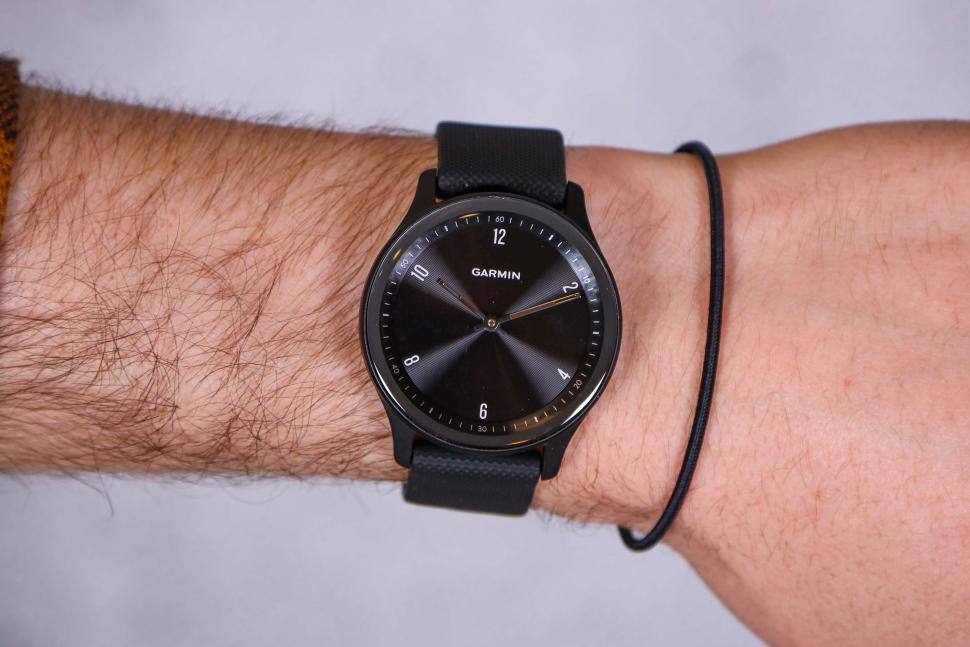 Garmin vivomove Sport
Garmin vivomove Sport£159.99
VERDICT:
Good-looking hybrid smartwatch with great health tracking, but better for general wear than serious cycling use
Good looking
Market-leading health tracking analytics
Stealthy classic looks
No GPS
Small display
Poor activity tracking
Weight:
34g
Contact:
At road.cc every product is thoroughly tested for as long as it takes to get a proper insight into how well it works. Our reviewers are experienced cyclists that we trust to be objective. While we strive to ensure that opinions expressed are backed up by facts, reviews are by their nature an informed opinion, not a definitive verdict. We don't intentionally try to break anything (except locks) but we do try to look for weak points in any design. The overall score is not just an average of the other scores: it reflects both a product's function and value – with value determined by how a product compares with items of similar spec, quality, and price.
What the road.cc scores meanGood scores are more common than bad, because fortunately good products are more common than bad.
- Exceptional
- Excellent
- Very Good
- Good
- Quite good
- Average
- Not so good
- Poor
- Bad
- Appalling
The Garmin vivomove Sport is a stylish hybrid smartwatch that's a pleasure to wear and use in general... if not so much use for our particular sport. The minimalist design of the screen and lack of GPS functionality will leave you wanting more for all but the most casual riding.
Garmin offers a very wide range of smart watches, varying from full-scale GPS adventure watches to understated hybrids. This is the latter and looks like a classic analogue watch, whilst boasting the ability to measure key fitness metrics.
The Sport initially appears as if its not a smartwatch at all, with a clever hidden screen on the lower half of the face. A double-tap or wrist raise awakens the screen and the smart features. It has no buttons and a responsive touch screen.
It's currently available in four standard colours (black, cocoa, ivory or cool mint) with matching straps, or you can choose from a variety of straps (silicone, suede, leather, nylon or metal) in a ton of colours. Personally I really liked how this black one looks, and it fitted my small wrist really well.
The quoted battery life is five days, plus a further day running purely as a normal analogue watch, but I only managed to get four days before recharging at 12%.
Functionality
The vivomove Sport has the ability to track 'wellness data' including steps, sleep, stress and energy levels. It contains a wrist-based heart rate monitor (HRM) and a pulse oximeter, which gives data on blood oxygen levels.
It connects to your phone via Bluetooth, unlocking a wide range of metrics from within the Garmin Connect app, which for me is the standout benefit – the Connect app delivers brilliant insight into the data.
Sleep tracking proves accurate in particular, and is as insightful and clear as anything else I've seen. In my opinion, Garmin's Body Battery metric is market leading, and as good as paid subscription services such as Whoop. It proved well aligned with my own perception of fatigue and stress.
As you might expect, the Sport is also able to track exercise, but unfortunately it's not so good at this part. It lacks GPS for a start, so to record a ride you need to connect it to a phone. It also can track activities which don't require GPS, such as pool swimming, yoga or general workouts.
On the bike, the small screen makes navigating to start an activity a little tricky, and in-activity data is very limited. For example, you can choose to view heart rate, distance or speed on their own, but not in combination. There is also no ability to perform mid-activity splits, and you're not able to connect to external sensors such as a power meter.
Accuracy
Against my Garmin Edge 530 and a chest-strap HRM, the data collected in-ride compared well. The heart rate tracked consistently, and with no noticeable GPS differences between the Edge and my phone, Strava played back segment times within one second of each other. That is more a reflection of the phone's GPS rather than the watch itself, though.
Other tests of the activity tracking functionality were not so successful. Two separate indoor swimming sessions yielded wildly wrong results, and the calories burned from a few core stability sessions seemed significantly underestimated.
> 29 of the best cycling apps for iPhone and Android
When connected to a phone the watch can display notifications for emails, texts and app messages. Notifications arrive with a haptic wrist tap – a buzz to you and me – but it's only small, and the tiny screen only really then prompts you to look at your phone. Maybe the comparison to non-hybrid smartwatches is unfair, but the connected notifications offered very little benefit here.
Value
The Garmin vivosport Move retails at £159.99, which includes access to the Garmin Connect platform at no cost. This is significantly cheaper than the Whoop Superknit 4.0 band at £180 before you even add on the £30 monthly subscription. The Withings Steel HR hybrid watch is the most comparable option on the market and that's also a little more at £169.95 while offering similar features.
And while the vivomove Sport is significantly cheaper than something like the Wahoo Elemnt at £349.99, it just doesn't come close for activity tracking capabilities.
It would be impossible to review this without mentioning the Apple Watch. The basic Series 7 version retails at £369 and offers many of the same features, a multitude of other functions, and most importantly works as well for tracking cycling as wearing day to day. But then it costs more than twice the Garmin's price.
Overall
The Sport is very clearly aimed those who want to benefit from health tracking data, but maintain the classic look of an analogue watch. At £160, I think it's really good value for this purpose.
However, for activities such as cycling – sports, you might say – it just doesn't offer enough. The small screen means very limited data, and the lack of GPS means it relies on a phone. Really you'll want more if you're looking for a watch to track your riding.
Verdict
Good-looking hybrid smartwatch with great health tracking, but it's less successful tracking activities
road.cc test report
Make and model: Garmin vivomove Sport
Size tested: n/a
Tell us what the product is for and who it's aimed at. What do the manufacturers say about it? How does that compare to your own feelings about it?
Garmin says: "This hybrid smartwatch combines the traditional look of an analogue watch with the essential smart features you need to keep up with your busy life."
Tell us some more about the technical aspects of the product?
Sensors
GARMIN ELEVATE WRIST HEART RATE MONITOR
ACCELEROMETER
AMBIENT LIGHT SENSOR
PULSE OX BLOOD OXYGEN SATURATION MONITOR
Size 40 x 40 x 11.0 mm
Fits wrists with a circumference of 125-190 mm
Weight: 34g
Battery life: 5 days
Compatibility: iPhone & Android
Rate the product for quality of construction:
9/10
Very robust.
Rate the product for performance:
6/10
Performed very well for health tracking, but poorly for activities.
Rate the product for durability:
8/10
Rate the product for weight (if applicable)
7/10
Rate the product for comfort (if applicable)
9/10
Rate the product for value:
6/10
Good value against other health tracking devices.
Tell us how the product performed overall when used for its designed purpose
This is clearly designed primarily as a watch, with the ability to track health data. For this it's good. The smart notifications and activity tracking are very basic though.
Tell us what you particularly liked about the product
The classic aesthetic, exceptional 'body battery' and sleep tracking, good analytics.
Tell us what you particularly disliked about the product
Very small display, no GPS.
How does the price compare to that of similar products in the market, including ones recently tested on road.cc?
At £159.99, including access to the Garmin Connect platform at no cost, it's significantly cheaper than the Whoop Superknit 4.0 band at £180 – even before you add on the £30 monthly subscription. The Withings Hybrid watch is the most comparable option on the market and that's also more at £169.95 while offering similar features.
Did you enjoy using the product? Yes
Would you consider buying the product? No
Would you recommend the product to a friend? No
Use this box to explain your overall score
I think the vast majority of people would like wearing this watch, as it's smart and gives good data. However, most smartwatch users, and especially cyclists, would be looking for a watch which does better at tracking activities.
About the tester
Age: 31
I usually ride: S-Works Tarmac My best bike is:
I've been riding for: Under 5 years I ride: Most days I would class myself as: Expert
I regularly do the following types of riding: road racing, cyclo cross, club rides, Gravel on a CX bike
Nick hails from the west country and combines riding bikes with hitting balls with cricket bats and golf clubs. You'll find him riding a mix of road, cyclocross and XC MTB.
Latest Comments
- Simon E 3 sec ago
A generation (or more) of cycling fans owe a huge amount to Gary Imlach and the C4 / ITV teams for their cycling coverage on TV, especially Gary's...
- Cycloid 26 min 33 sec ago
The Jacket looks cool in the photo, but........
- matthewn5 1 hour 10 min ago
A club member had just had his 12 speed Shimano Hollowtech cranks fail... same way that the 11 speed cranks failed.
- MattieKempy 1 hour 25 min ago
Currently watching the Cyclocross Worlds on www.Sporza.be using my vpn, which I have anyway, free through my bank account. OK, so it's in Dutch,...
- chrisonabike 1 hour 55 min ago
EDIT - Cycle Happy got there first!...
- rickiecheese 2 hours 56 min ago
An update regarding this path....
- tony.westclassics@live.co.uk 3 hours 57 min ago
Theres no boubt about it, this bloke is the kiss of death
- don simon fbpe 4 hours 11 min ago
As you agree with me, I don't understand your point.
- Rendel Harris 4 hours 15 min ago
Absolutely without a doubt, a small example recently: I was cycling down The Mall in London from Buckingham Palace towards Admiralty Arch and...
- cardch 5 hours 54 min ago
Just ordered mine. Went to visit them and it's a great setup, and so nice (I hope) to get something with a bit of soul, rather than another...







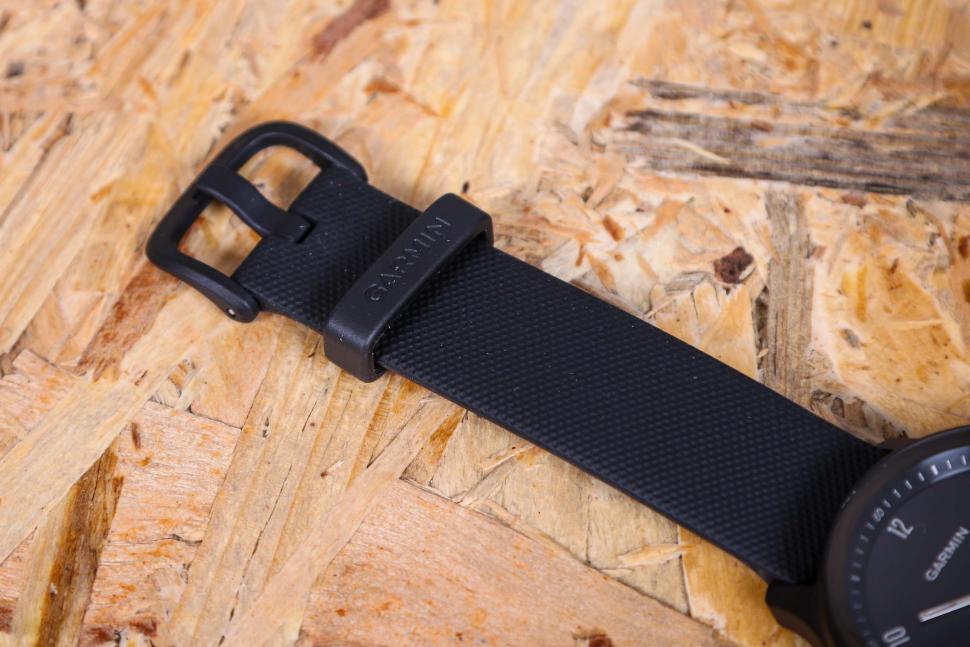
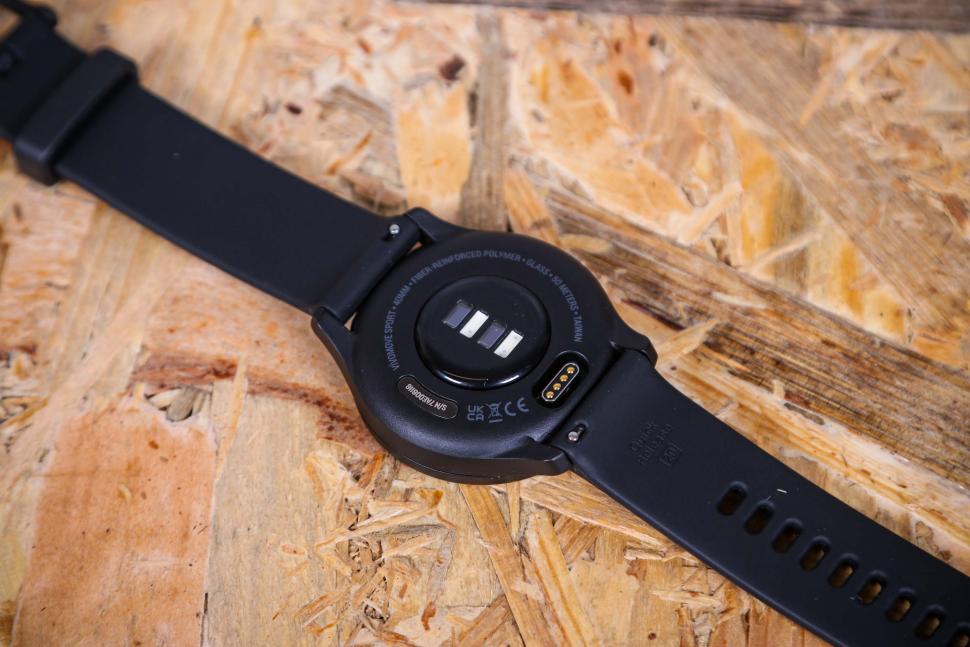
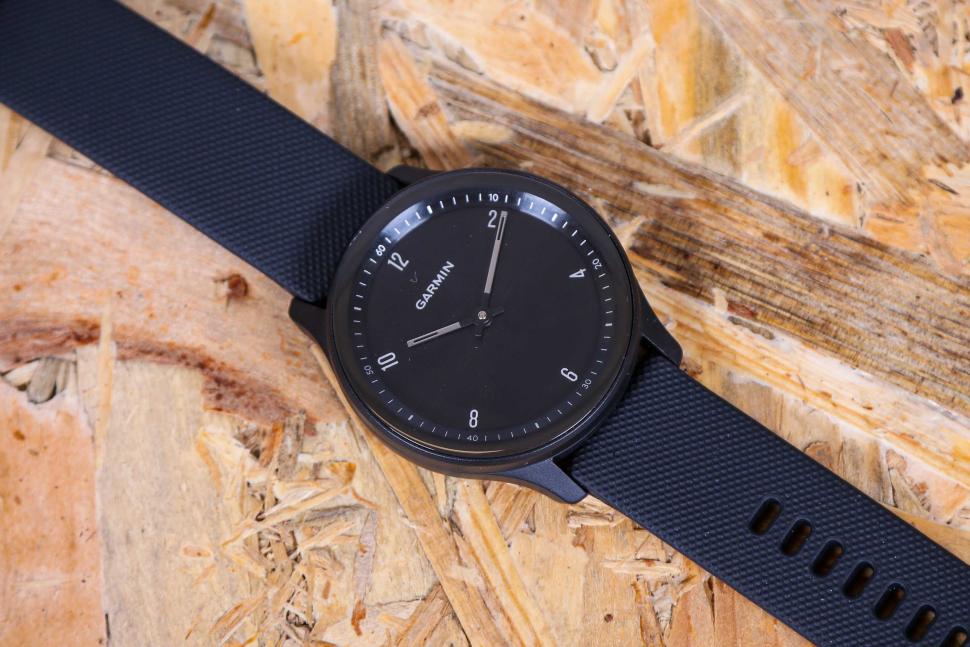
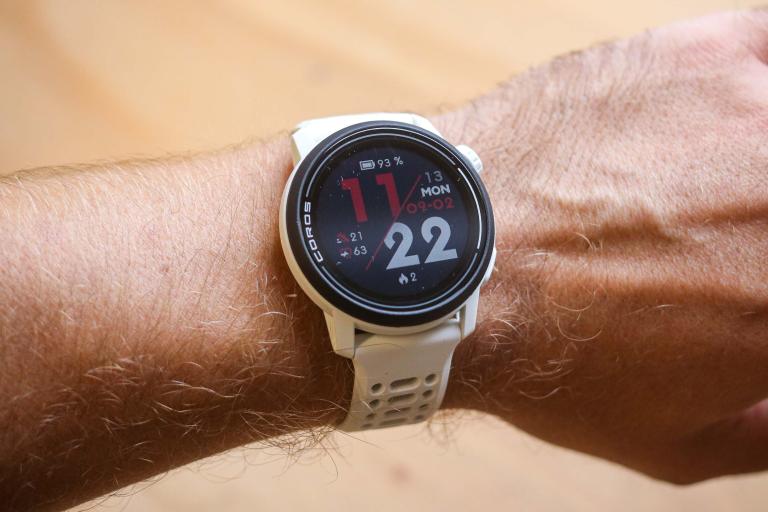
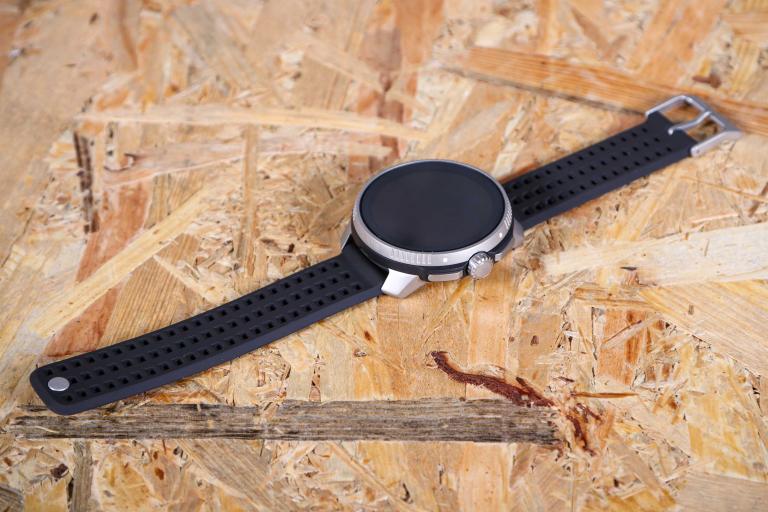
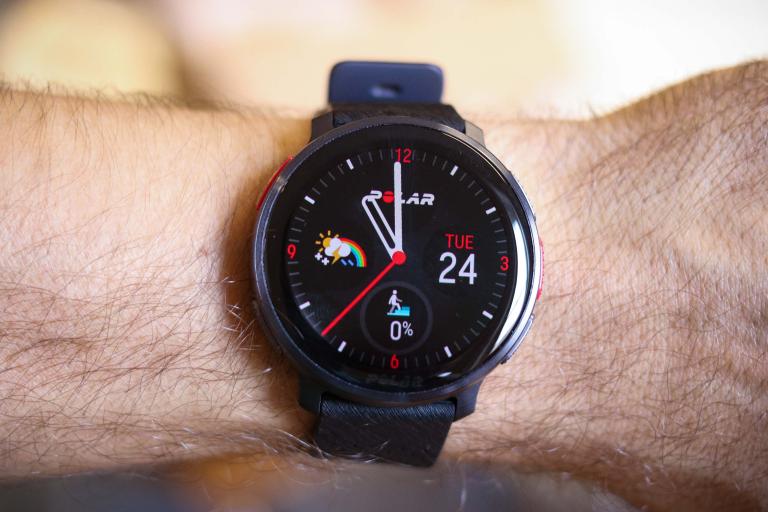

Add new comment
2 comments
Rather unfair to keep coming back to "but it doesn't have GPS" when its just one watch in a whole range of watches from Garmin, many of which have GPS if that's important to you.
Personally I just cycle, so I don't need another GPS device to take over from the GPS map display device already on my handlebars. And therefore appreciate the option of paying less for a device without a function I don't need.
My partner bought me a Forerunner 45 for my birthday a few weeks ago and it's proven far more interesting and useful than either of us expected. I'm mostly using it for walking as I try to lose some pandemic podge, but it's a more-than adequate cycling tracker too, and cheaper than the Vivomove sport. The only sensor it lacks is blood oxygen, but I don't see a need for that unless you're acclimating to high altitude or seriously ill.
The only thing I can really gripe about is that I can't seem to make it default to 'walking' rather than 'running' as an activity.